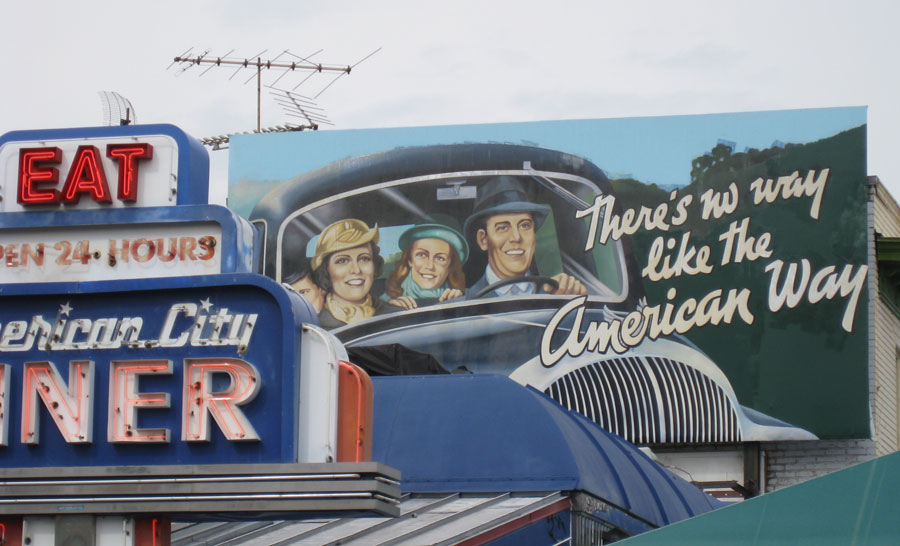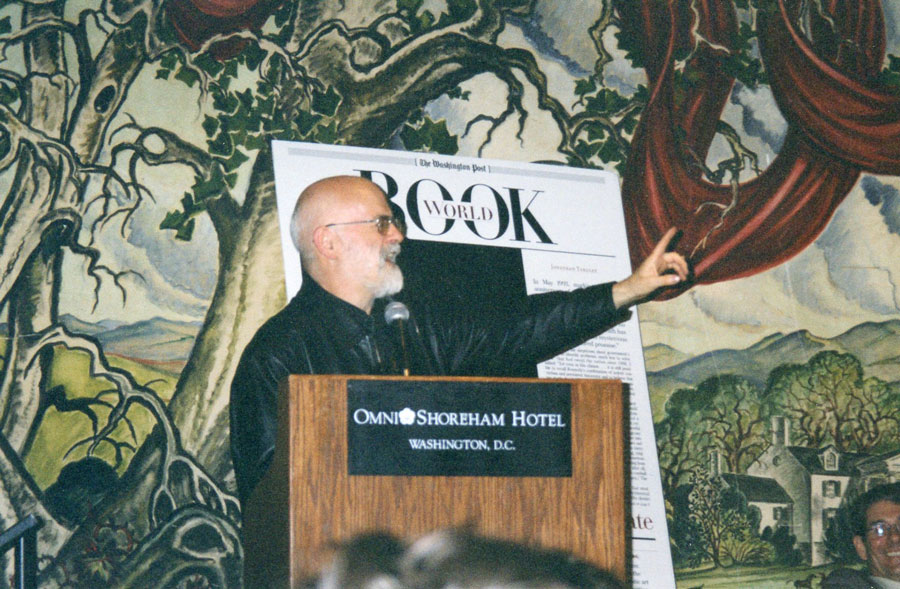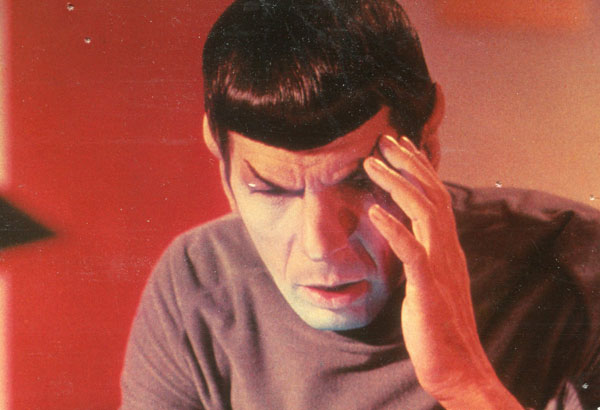
I’m not good at goodbyes. But I was ready for the departure of Don Draper and his conniving crew long before Matthew Weiner wrapped up the much-lauded television series.
True confession: I am a TV junkie. Not that I have to have it every day, but everyone has a weakness. I’m a sucker for stylish characters delivering neat lines in dramatic scenes. I don’t require violence or tension necessarily. Humor is a must. And a touch of romance, in my view, makes everything better.
Mad Men, which ended its seven season run on AMC last Sunday, had everything going for it. Style, strong acting, and a dramatic arc that took viewers from the end of the Korean War to the quagmire of the Vietnam era. As history would have it, this allowed the writers to pick and choose from a smorgasbord of cultural phenomena, all of which added to the show’s curiously addictive appeal.
While I was initially hooked by the elegant opening sequence, which remained just as seductive in the final episode as it was in the first, the show’s use of music to underscore plot developments and character studies was unmatched. From the moment Amy Winehouse crooned “You Know I’m No Good” at the conclusion of the first episode, the template was set. I could have listened to her for the entire series. Somehow, her tragic death seemed to foreshadow the dark parabola of the show’s narrative direction.
Yet, week after week, year after year, I found it impossible to join the rabid fans who gushed about Don Draper’s irresistible charms. I can only assume that the character of the alpha male who bluffs his way to the top of a corporate hierarchy while women continually throw themselves at him must resonate with a lot of people.
He irked the hell out of me. But then, so did most of the male characters in the show. The carefree air of self-satisfied entitlement and male-chauvinist patronizing was all too familiar for any woman who experienced the 50’s, 60’s and 70’s in the United States. Maybe it was different in other countries.
But, that said, my hat’s off to Weiner for the female characters who battled their way through Mad Men. Each of them represented some aspect of the challenges women faced during those decades when women’s rights were still viewed as a kind of novelty by the majority of men in power.
True, Betty seemed a little psychotic at times. But after all, she smoked her way through seven seasons, and that stuff will kill you. Joan and Peggy fared a bit better, in spite of the shabby treatment they endured from most of the men they encountered along the way. But at least they fought the good fight and both of them emerged stronger at the end.
For a time part of my huffy attitude toward the show was lodged in the concept of advertising itself. Was I supposed to care about people who spent their lives writing advertising? I have a mute button and I know how to use it.
But my resistance eventually collapsed after a certain episode, one of many in which one of the writers pitches a campaign to a group of executives. Peggy stands in front of a group of skeptical men and tells them a story about a working mother trying to feed her family. And so compelling is her story that she draws them all into it, until they get it. For a moment they feel that transcendent lift that a good story delivers, when it allows the reader, or viewer, to see things from a different perspective.
In the end, that’s what the best stories and television shows do. We may not buy into the dubious premise that “Coke is it.” But when we see hundreds of fresh-faced people standing in the sunshine with bottles of sugar-saturated soft drink, we don’t care if it’s good or bad, because for one brief shining moment, perfect harmony seems only a sip away.








